The Texas Engineering Professional Conduct and Ethics Examination is an essential step for candidates seeking licensure in the field of engineering within the state. Administered by the Texas Board of Professional Engineers and Land Surveyors, this examination ensures that applicants are well-versed with the Texas Engineering Practice Act and Board Rules, underpinning their ethical, legal, and professional duties. Engineering practice in Texas is governed by specific standards, laws, and regulations which are aimed at safeguarding public health, safety, and welfare. This examination, available both online and in a downloadable format, incorporates scenarios that mirror professional challenges engineers may face, testing their ability to apply the Act and Board Rules accordingly. To pass, applicants must demonstrate a comprehensive understanding of these regulations, highlighting the board's role in promoting ethical practice and disciplining violations. With the board consisting of a diverse group of professionals appointed by the governor, its authority extends to enforcing compliance through various disciplinary measures. The examination's format encourages an open-book approach, allowing participants to consult the Act and Board Rules to answer questions effectively, thereby reinforcing the importance of these documents as a resource for ethical decision-making in engineering. Through a series of thoughtfully designed questions, the exam endeavors to cultivate a profound ethical and professional awareness among aspiring engineers, ensuring their readiness to contribute responsibly to the profession.
| Question | Answer |
|---|---|
| Form Name | Texas Ethics Of Engineering Exam |
| Form Length | 9 pages |
| Fillable? | No |
| Fillable fields | 0 |
| Avg. time to fill out | 2 min 15 sec |
| Other names | tbpe online ethics exam answers, texas ethics exam answers, texas engineering ethics exam answers, tbpe ethics exam answers |

Texas Engineering Professional Conduct and Ethics Examination Based on the Texas Engineering Practice Act and Board Rules
There are two ways to take this exam:
1.Download and fill out answer sheet
2.Take the exam online. The exam, answer sheet and the Texas Engineering Practice Act and Board Rules are all available at: http://engineers.texas.gov/ethics_exam_login.php
Authority and Scope: In June 2003, The Texas Engineering Practice Act (Act) was
engineers to practice “… in conformance with standards, laws, codes, and rules and regulations applicable to engineering.” The Texas Board of Professional Engineers and Land Surveyors (hereafter, “the Board”) consists of five licensed engineers, three public members and one registered land surveyor appointed by the governor. This Board administers the Texas Engineering Practice Act, Professional Land Surveying Act & board rules on behalf of the citizens of Texas. The Board requires this Professional
Conduct and Ethics Examination to help ensure that applicants for an engineering license in Texas have studied their responsibilities – ethical, professional, and legal – and that applicants are aware that guidance is available on these matters.
The objectives of this examination are to:
1.Ensure that an applicant is familiar with the professional practice provisions of the Act and board rules;
2.Promote the Act and board rules as a resource when confronted with professional conduct and ethical decisions;
3.Introduce an applicant to typical ethical and professional practice issues; and
4.Raise awareness that, when necessary, the Board serves as a disciplinary body through its compliance and enforcement powers.
Act and Board Rules: In accordance with these objectives, you will need to refer to a current copy of the Act & board rules as you take the examination, which may be found in electronic copy on the Board’s website at http://engineers.texas.gov/downloads.htm. A complete version of the existing law and rules is on the site. The Texas Engineering Practice Act, as Chapter 1001 is commonly called, was first enacted in 1937 and is amended periodically. The Act contains provisions prescribed by the Texas Legislature to govern the practice of engineering in Texas and protect the public health, safety and welfare in matters related to the practice of engineering. The section of the Act are denoted §1001.XXXX”. The board rules, under Title 22, Chapters 131- 139 of the Texas Administrative Code, are established by the Board to further clarify and prescribe procedures for complying with the Act and are denoted “§13X.YY”. (Example: §137.55)
Examination Format and Responses: You will be asked to consider a series of typical professional conduct and ethics scenarios that may have actually occurred in engineering practice in Texas. Following each scenario, you will be asked one or more questions. Based on the scenario and your review of the Act and board rules, chose the best answer for each of the following questions. Please read each question carefully. It
is important to understand each participants’ role in the scenario and if a rule is applicable to that participant. The exam is open book so you may review and study the rules as you proceed. You must answer at least 23 questions (92%) correctly to satisfy the Board requirements of review of the law and rules through this
Professional Conduct and Ethics Examination. If you are unsuccessful in passing the exam on the first attempt, you will have an opportunity to take the exam again.
P01/revised 11/19
"Texas Engineering Professional Conduct and Ethics
Version
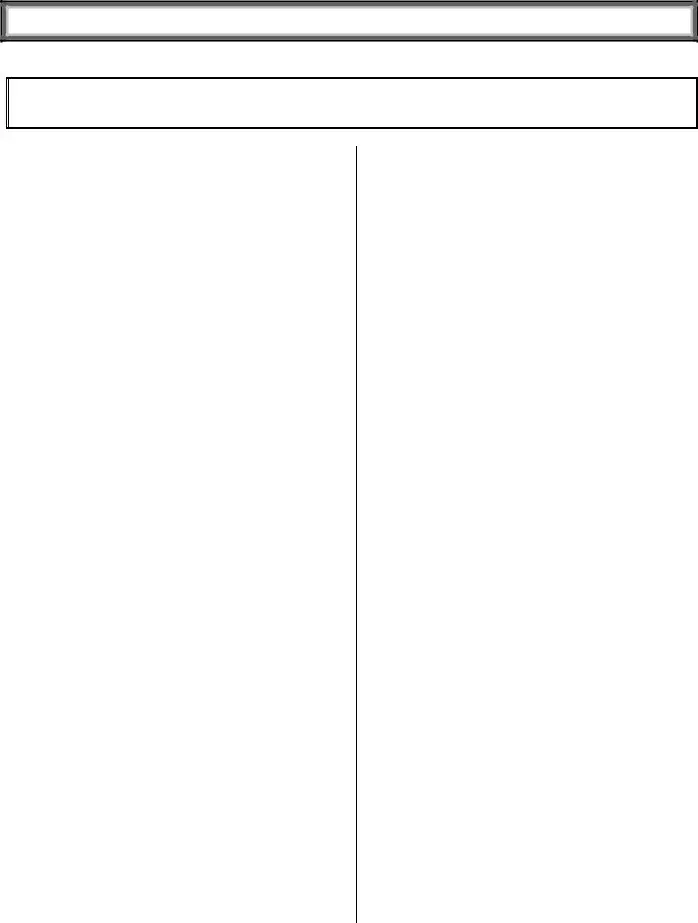
Texas Engineering Professional Conduct and Ethics Examination
Scenario 1
Direct Supervision and Sealing of Engineering Work
Brian is a graduate engineer and has passed the FE exam but is not yet licensed. He is employed by a small engineering firm, and works with Jim, a licensed professional engineer and owner of the company. The firm is retained to do the structural design of a new rural public school. The project is assigned to Brian.
After completing his preliminary calculations for the structure, Brian does a computer analysis of some of the more complex aspects of the design. This computer analysis shows Brian’s hand calculations are essentially correct.
Although Brian feels he is quite thorough and conscientious, he notices that Jim is rarely in the office, provides little or no supervision, and never checks Brian’s work before sealing and submitting the plans and specifications to the client for the bidding and construction phases.
Brian wonders if Jim is in conformance with the Act and board rules and decides to discuss the matter with him.
Question 1. The board rule that most clearly addresses sealing requirements is:
A)§137.55(a)
B)§137.59(a)
C)§137.33(b)
D)§137.63(c)(1)
E)§137.63(b)(2)
After talking with Brian, Jim agrees that he needs to review the design. He studies it in detail, noting a few minor errors in the wind loading that Brian used, but finds nothing that would require changes in the design when constructed at that location.
Brian appreciates the feedback and becomes more comfortable in his job. Then Brian learns
P01/revised 11/19
that Jim has given the design plans and specifications to his brother, Christopher, a construction contractor, not a licensed engineer.
Rather than hire an engineer, Christopher incorporates the design documents into a design- build proposal for a
Question 2. Which board rule best relates to Jim knowingly allowing Christopher to use his design as described?
A)§137.63(c)(1)
B)§137.33(i)
C)§137.55(b)
D)§137.65(a)
E)§137.33(f)
Question 3. Which section of the Act or board rule relates to Christopher’s actions?
A)§ 137.59(a)
B)§ 137.65
C)§ 139.13
D)§ 1001.004
E)§ 139.17
In part due to the competitive advantage afforded by using an existing set of drawings, Christopher’s company wins the
David obtains a digital copy of Christopher’s drawings, carefully reviews each sheet, adds the title block and other administrative designations, and affixes his engineer’s seal to the drawings.
"Texas Engineering Professional Conduct and Ethics
Version
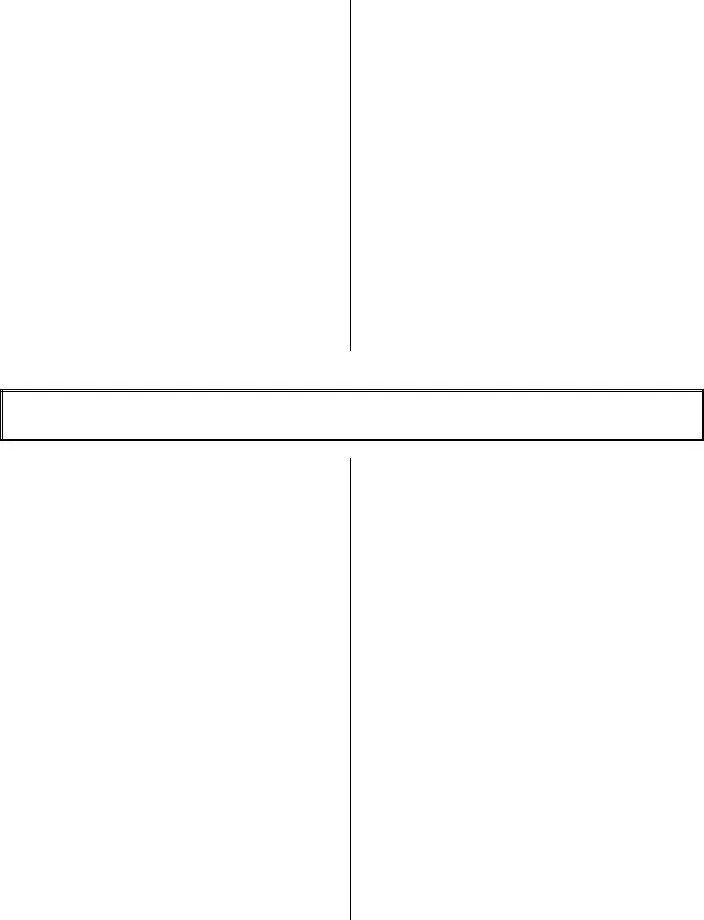
David’s act of sealing Christopher’s design drawings can be evaluated based on definitions in §131.81 of Act and board rules, in particular, “direct supervision,” “responsible charge,” and “responsible supervision.”
Question 4. Does David meet the requirements of direct supervision in as defined in §131.81 of the board rules?
A)Yes
B)No
Sealing work not performed under an engineer’s direct supervision is commonly termed “plan stamping.” Violations of the Act or any rule or regulation of the Board is sufficient cause for the Board to suspend or revoke an engineer’s license, to issue a formal or informal reprimand, or to issue administrative fines.
Question 5. What Section of the Act allows the Board to discipline a license holder?
A)§1001.4525
B)§1001.203
C)§1001.405
D)§1001.407
E)§1001.451
Question 6. Assume that David is found to have sealed work not performed under his direct supervision, what would be the recommended sanction for this violation based on the table in §139.35(b)?
A)Reprimand/$1,500 fine
B)2 year suspension/ $4,000 fine
C)3 year suspension/$5,000 fine
D)Revocation/$5,000 fine
E)1 year suspension/$750 fine
Scenario 2
“Why Licensure?”
Trish is an unlicensed software engineer and has wondered why licensing of engineers is important.
Her friend José, a licensed engineer, explains that the licensing process was established by the Texas Legislature after a tragic explosion of a school in New London, Texas in 1937, in which more than 200 children and teachers were killed.
José elaborates that the Law states that the privilege of practicing engineering is entrusted only to those persons duly licensed, this in order to protect the health, safety and welfare of the public.
José gives Trish a copy of the Act and board rules for reference. Although Trish works for an industry that is “exempt” from the requirement of licensure, she learns that if she ever offers or provides engineering services outside her company, she will be required to be licensed.
Question 7. Which Section of the Texas Act would exempt an engineering employee working solely for a manufacturing firm from the engineering licensure provisions of the Act?
A)§1001.057
B)§1001.056
C)§1001.060
D)§1001.058
E)§1001.055
Through further inquiry, Trish learns that she cannot advance to the top administrative positions of her company unless she has an engineering license. She informs the corporate engineering director of her interest in licensure, and he encourages her to pursue it.
After studying the Act and board rules, Trish learns that the licensure process requires, among other things, documentation of her engineering experience and suitable engineering references. But this causes Trish to be concerned about a previous employment situation which she left due to difficult personal reasons not related to her technical abilities.
P01/revised 11/19
"Texas Engineering Professional Conduct and Ethics
Version
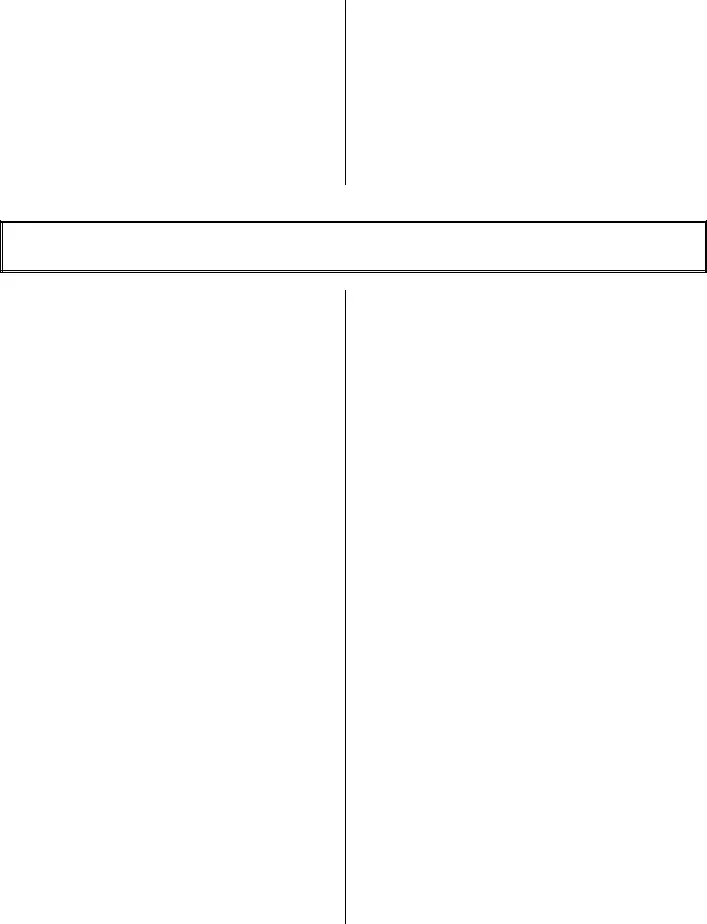
Although she knows she is technically competent and is a talented engineer, Trish is fairly certain that her former supervisor, Quentin, a licensed engineer, holds a grudge against her and will not give her a favorable reference because of the difficult circumstances surrounding her departure. Nevertheless, Trish decides to ask Quentin to verify this portion of her engineering experience in her application since he was her engineering supervisor.
Question 8. Which Section in the Act or which board rules should protect Trish from a retaliatory action from her former supervisor?
A)§1001.212
B)§1001.452
C)§133.51(c)
D)§137.63(c)(2)
E)§137.37
Scenario 3
Competitive Bidding, Political Contributions, and Marketing
Rachelle, a licensed engineer and corporate officer in her engineering firm, has been very involved in community affairs over her entire professional career, and is supportive of political candidates who represent what she believes to be better government.
A local county official, Phillip, has gained acclaim by seeking better recreational facilities for the economically disadvantaged persons of his county. Phillip sends Rachelle a Request for Proposal (RFP) which requests a bid for a hydrology study associated with a new phase of development in a
The RFP emphasizes that County funds are limited, that Phillip intends that the project help as many disadvantaged persons as possible, and that the fee will be considered in selection of the engineer.
While Rachelle is sympathetic with Phillip’s aspirations to help the disadvantaged, she responds to the RFP with a letter stating that competitive bidding for engineering services in the public sector is prohibited by law under the Professional Services Procurement Act (PSPA).
She reminded Phillip that, according to the Texas board rules, an engineer can be sanctioned for bidding engineering services on public works.
Question 9. Which Section of the Act or board rule most clearly directs an engineer on the
P01/revised 11/19
matter of competitive bidding for public work with a governmental entity or their representative?
A)§1001.203
B)§1001.402
C)§1001.407
D)§137.57(a)
E)§137.53(a)
Question 10. Do the Act or board rules prohibit competitive bidding for engineering services in the private sector?
A)Yes
B)No
Rachelle’s firm opens a new branch office in a city where several politicians ask for significant support and, in some instances, it appears that “inducements” are necessary to be awarded engineering work. Despite her inclination to contribute financially to worthy candidates, the venal demeanor of these local politicians concerns Rachelle.
Question 11. Which board rule gives guidance to engineers on the matter of “inducements?”
A)§137.57(b)
B)§137.57(c)
C)§137.57(d)
D)§137.63(c)(4)
E)§137.63(c)(5)
Rachelle decides to continue her tradition of contributing to individual candidates and to the engineering political action committee. She is
"Texas Engineering Professional Conduct and Ethics
Version
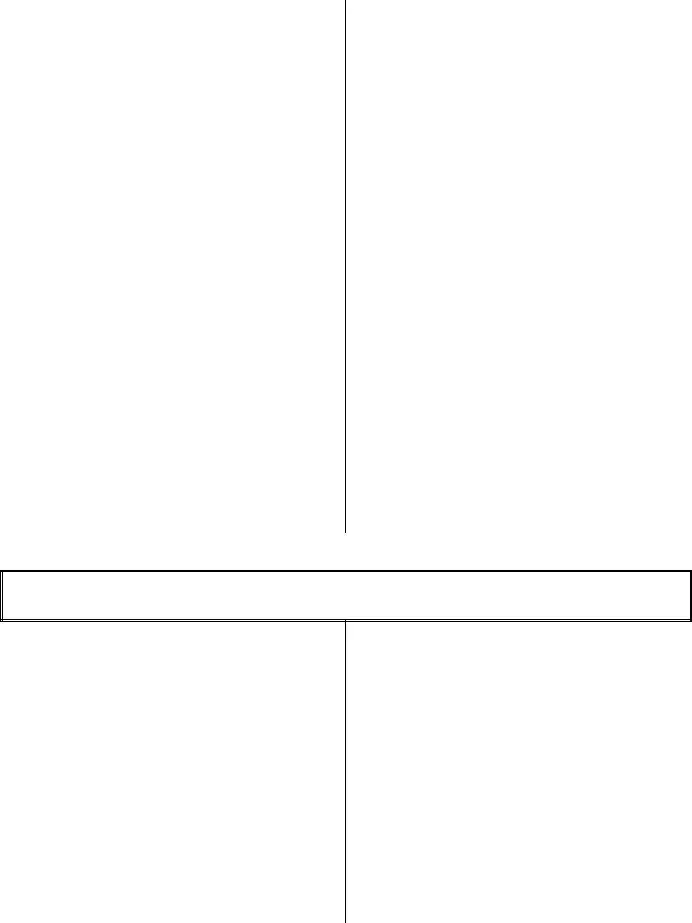
satisfied that she is doing so to promote better government and is not contributing amounts that would be construed as “buying” work.
Later, Rachelle’s firm has the opportunity to submit a Statement of Qualifications (SOQ) on a very large,
Her business development team leader, Pearce, assembles the company’s experience record and prepares
While reviewing the final draft of the SOQ, just prior to submittal, Rachelle notices these embellishments. Although it is not likely that any of the SOQ reviewers (City officials) will pick up on how Pearce has “embellished” her firm’s
qualifications, this troubles Rachelle.
In particular, Rachelle wonders whether it is deceiving to represent her firm in the way the SOQ describes its capabilities and experience.
Question 12. Which Section of the Act or which board rule most clearly directs Rachelle and her firm regarding the representations in the SOQ?
A)§1001.203
B)§1001.407
C)§137.77
D)§137.61(b)
E)§137.63(b)(3)
Rachelle also notices that the Texas Act gives the Board authority to levy a fine for making misleading statements prohibited by Texas board rule §137.57(b).
Question 13. What is the suggested sanction for making a fraudulent statement or misrepresentation according to rule §139.35(b)?
A)1 year suspension/$750 fine
B)2 year suspension/ $4,000 fine
C)3 year suspension/$5,000 fine
D)Revocation/$5,000 fine
E)Board’s discretion
Scenario 4
Practice in Accordance with Accepted Engineering Practices and Standards
Van Zandt, a retired petroleum engineer, relocates to a major metropolitan area. After a time, Van Zandt decides he can put his engineering skills to use by working as a sole proprietor engineer, doing
He believes that if he mastered the intricacies of a refinery that he is qualified to consult for residential construction.
The work keeps him busy, the projects are quick and simple, paperwork is minimal, and the money is good. Thus Van Zandt soon finds him doing a brisk business, but then he hits a run of bad luck.
As part of a routine inspection, Van Zandt issues a letter, bearing his Texas engineer’s seal, that states and certifies that foundation repairs for a residence are in conformance with industry standards.
However, a subsequent engineering inspection by another engineer determined that the foundation repairs did not meet city codes or industry standards and that engineer filed a complaint against Van Zandt.
The Board investigated the complaint and found that Van Zandt did not support his opinions and, since the letter contained false, deceitful and/or misleading information, Van Zandt was not acting as a faithful agent for his client.
P01/revised 11/19
"Texas Engineering Professional Conduct and Ethics
Version

Question 14. Where in the Act or board rules can Van Zandt find the specific mandate pertaining to his responsibility to be a faithful agent for his client?
A)§1001.103
B)§137.55(b)
C)§137.57(a) and (b)
D)§137.63(a)
E)§137.63(b)(4)
Some time later, Van Zandt testifies as an expert witness in a lawsuit. He makes the following statements under oath based on his own engineering judgment:
•The contact of a pier to a beam under the west wall foundation of the client’s retail store was reduced by only 10%, and
•A slab surface 17 inches out of level over 170 feet would be “within tolerance.”
Evidence discovered by another engineer showed the actual reduction in
Furthermore, the second engineer’s report contained significant evidence in photos, graphics, and analytical calculations, and showed that Van Zandt’s first statement was inaccurate and the second statement was both inaccurate and misleading.
Van Zandt’s “quick and dirty” approach did not include adequate modeling, calculations, or analysis and thus afforded no basis for his statements at the time of his testimony.
The court determined that providing such testimony without fully disclosing the basis and rationale for his opinion was contrary to generally accepted scientific and engineering standards and principles, again putting Van Zandt before the Board.
Question 15. Which Section of the Act or board rules most clearly directs an engineer regarding his or her responsibilities when giving expert testimony?
A)§1001.213
B)§1001.004
P01/revised 11/19
C)§137.59(c)
D)§137.63(b)(4)
E)§137.61(b)
Question 16. When approached with disciplinary action, Van Zandt claimed that he was not subject to such actions per the expert witness exemption in the Act. In reviewing §1001.004(e), is this true?
A)Yes
B)No
Van Zandt’s ultimate downfall was related to another project, in which he wrote a letter, with his Texas professional engineer seal affixed, to the potential buyer of a home outside the city limits regarding his inspection of the septic system. Van Zandt stated that the septic system was constructed in accordance with the rules existing at that time and he certified that the septic system was functioning adequately.
But a professional sanitarian retained by the realtor inspected the same septic system the following week and provided a written report, in which he stated that the system appeared to be “non- standard.” It was not constructed in accordance with state regulations and, in fact, constituted a health hazard with raw sewage exposed to the atmosphere through a
Subsequently, a county official inspected the same system and provided a written report to the residents indicating that the system could not be permitted and was illegally discharging sewage.
The Board deemed Van Zandt incompetent to practice in this area. He was also found grossly negligent, in part because he failed to identify a potentially dangerous sewage disposal situation that could potentially harm the public.
Question 17. Which Section of the Act or board rules determines gross negligence by an engineer is a violation?
A)§1001.302(d)
B)§137.55(b)
C)§131.81(16)
D)§131.81(15)
E)§137.63(c)(2)
"Texas Engineering Professional Conduct and Ethics
Version

Scenario 5
Conflict of Interest
George is a graduate mechanical engineer, and having passed the FE exam during his senior year in college, he now works as an Engineer in Training (EIT) for a
The firm is contemplating submitting a qualifications package for the mechanical design related to a
George recognizes that a conflict of interest may exist and decides to inform Alex, but before he does, he checks the Act and board rules for guidance.
Question 18. Which Section of the Act or which board rule concerns conflicts of interest?
A)§137.57(d)
B)§139.13
C)§139.17
D)§1001.053
E)§137.53
George tells Alex about the possible conflict of interest, but Alex takes the position that since George is not a principal in the firm, no problem exists. He tells George not to worry, and proceeds to submit the firm’s qualifications for consideration, making no mention of George’s employment in the submittal.
George believes he has done all he needs to do by informing his employer of the possible conflict of interest.
Also, George discusses the matter with his mother, and based on their conversation he feels sure that she would not grant any favors because of his involvement in the project.
P01/revised 11/19
Still, the fact that Alex failed to mention him in the qualifications package seems improper and causes George to remain uneasy. Should Alex have done more? Should George do more?
Question 19. Under which board rule is a licensed engineer such as Alex obligated to inform the client?
A)§137.55(a)
B)§137.61(c)
C)§137.57(c)
D)§137.63(c)(4)
E)§137.65(b)
Shortly thereafter, Alex recognizes that George’s relationship may be perceived as an ethical issue and decides to disclose the matter to all affected parties, in particular, to the hospital board.
Alex’s firm is awarded the contract and Alex assigns George to do the HVAC design.
As it happens, Alex has a friend who manufactures automatic
He instructs George to specify these valves on the project.
George is concerned by this request, but since he is not personally getting anything for specifying the valves, he proceeds with the design as instructed.
Question 20. Which Section of the Act or which board rule best prohibits Alex’s actions to specify these valves?
A)§137.57(c)
B)§137.53
C)§137.59(a)
D)§1001.4526
E)§137.63(c)(5)
A short time later, George realizes that the scope
"Texas Engineering Professional Conduct and Ethics
Version
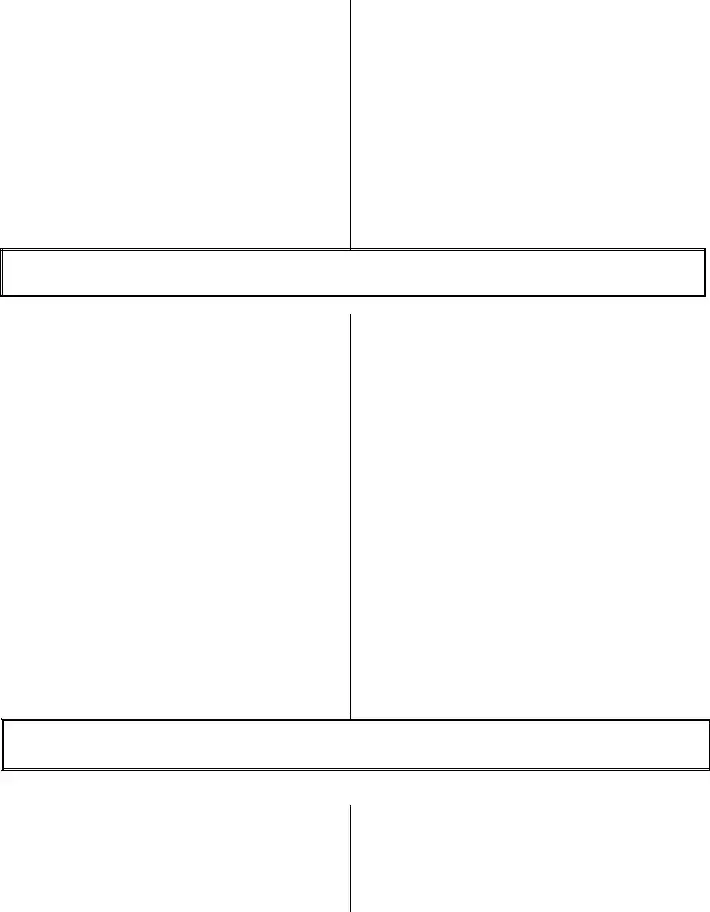
of this project requires that he optimize the design through the use of a proprietary software program, one which the firm does not yet own and which will cost a few thousand dollars.
When George informs Alex of this need, Alex breaks into a broad smile and tells George, “I’m way ahead of you. Here, take this!”
Much to George’s delight, Alex hands him the software. George is very pleased until, while uploading the program, he realizes that this is a pirated copy of the program that Alex “borrowed” from a previous employer.
Question 21. Which Section of the Act or which board rule best addresses Alex’s dishonest practice when appropriating the pirated software?
A)§137.55(a)
B)§137.59(a)
C)§137.35
D)§137.63(b)(3)
E)§1001.452
Scenario 6
Practicing Without a License
Jeff, an electrical engineer, submitted engineered design drawings for a parking garage lighting and vertical conveyance system to the Zip Company. The drawings bore his Texas engineer seal and signature and were dated December 12, 2003. But Board records revealed that Jeff’s Texas engineer license expired on October 1, 2003.
Jeff renewed his license on January 2, 2004. Although his license is now current, the engineering work Jeff provided for the project while his license was expired was unlawful.
Question 22. Which Section of the board rule or Act best indicates that Jeff’s actions were illegal in sealing the documents?
A)§137.7
B)§137.37
C)§137.33(i)
D)§1001.351
E)§1001.353
It turns out that Jeff’s Texas engineer license expired simply because he failed to immediately notify the Board in writing of his
mailing address change that occurred when he changed jobs in May 2000. This resulted in Jeff not receiving the renewal statement that
the Board mailed to his previous address.
Question 23. Informing the Board immediately of a change in address is required by which Section of the Act or board rule listed below?
A)§1001.351
B)§1001.353
C)§137.5
D)§137.37
E)§137.33(i)
Jeff also learned that, according to board rule §137.5, he must also inform the board when he changes employment.
Scenario 7
Moral Courage
Denzel, a successful licensed civil engineer, becomes the president of his firm and puts in place a company code of ethics, drawing on several codes as models. Denzel’s early experience has convinced him that professional responsibilities go beyond just obeying the law.
P01/revised 11/19
For example, he recalls a situation in the mid- 1980s when one of his geotechnical colleagues, Maria, observed inadequate shoring in a major utility trench. This was not Maria’s project but was designed by one of her competitors, Paul.
"Texas Engineering Professional Conduct and Ethics
Version

Although Maria attempted to bring the deficiencies to Paul’s attention, it became clear to her that Paul was highly distracted and was not adequately monitoring the project. Further, Maria knew that while it would be easier for her to ignore this possibly dangerous situation; if she did ignore the potential problem, she felt she would not be “protecting the health, safety, and welfare of the public” which is a vital responsibility of an engineer.
Question 24. If Paul fails to correct the situation, which Section of the Act or board rules informs Maria about her responsibility to report Paul to the appropriate authority or the Texas Board?
A)§1001.552
B)§137.55(c)
C)§137.61(b)
D)§139.11
E)§137.51
Much later, just before his retirement, Denzel becomes occupied with a new challenge.
His firm wins a contract with the City to design a new overpass and provide engineering services during the construction phase. The project was assigned to one of their most respected engineers, Bill, a PE who designs the overpass and in the design specifications, he specifies the use of concrete barriers between opposing lanes for traffic control in the detour lanes around the construction zone.
After submitting the final design drawings and specifications, sealed in accordance with state law, the City engineer calls and requests that, for financial reasons, the traffic control measures consisting of large plastic barrels be placed instead of concrete barriers as specified in Bill’s submittal.
Bill informs Denzel that the applicable design standards do allow for the use of barrels, but he opposes the change, expressing the concern that the change might compromise the level of safety needed in this particular situation because of the high traffic volume and under- enforced speed limits. Denzel supports Bill’s opinion.
P01/revised 11/19
Bill and Denzel are aware of this change but make no further comment.
Question 25. Which Section in the board rules most clearly instructs engineers in the Board’s requirements when making changes to the design work done by another engineer?
A)§137.33(h)
B)§137.57(c)
C)§137.33(b)
D)§137.33(i)
E)§137.33(f)
An unfortunate accident occurs during construction of the overpass. A tragic
This sad experience, late in his career, was a sobering reminder to Denzel that a high standard of care in engineering practice is crucial in the engineering profession.
It also made Denzel convey to all his engineers that when they agree to allow someone to make changes in their design and specifications, they must take that decision very seriously.
He reminded his engineers that it is their responsibility to always be on the lookout for situations that may put the public in “Harm’s way” and to always striving for excellence and high standards to protect the health, safety and welfare of the citizens of Texas.
"Texas Engineering Professional Conduct and Ethics
Version
